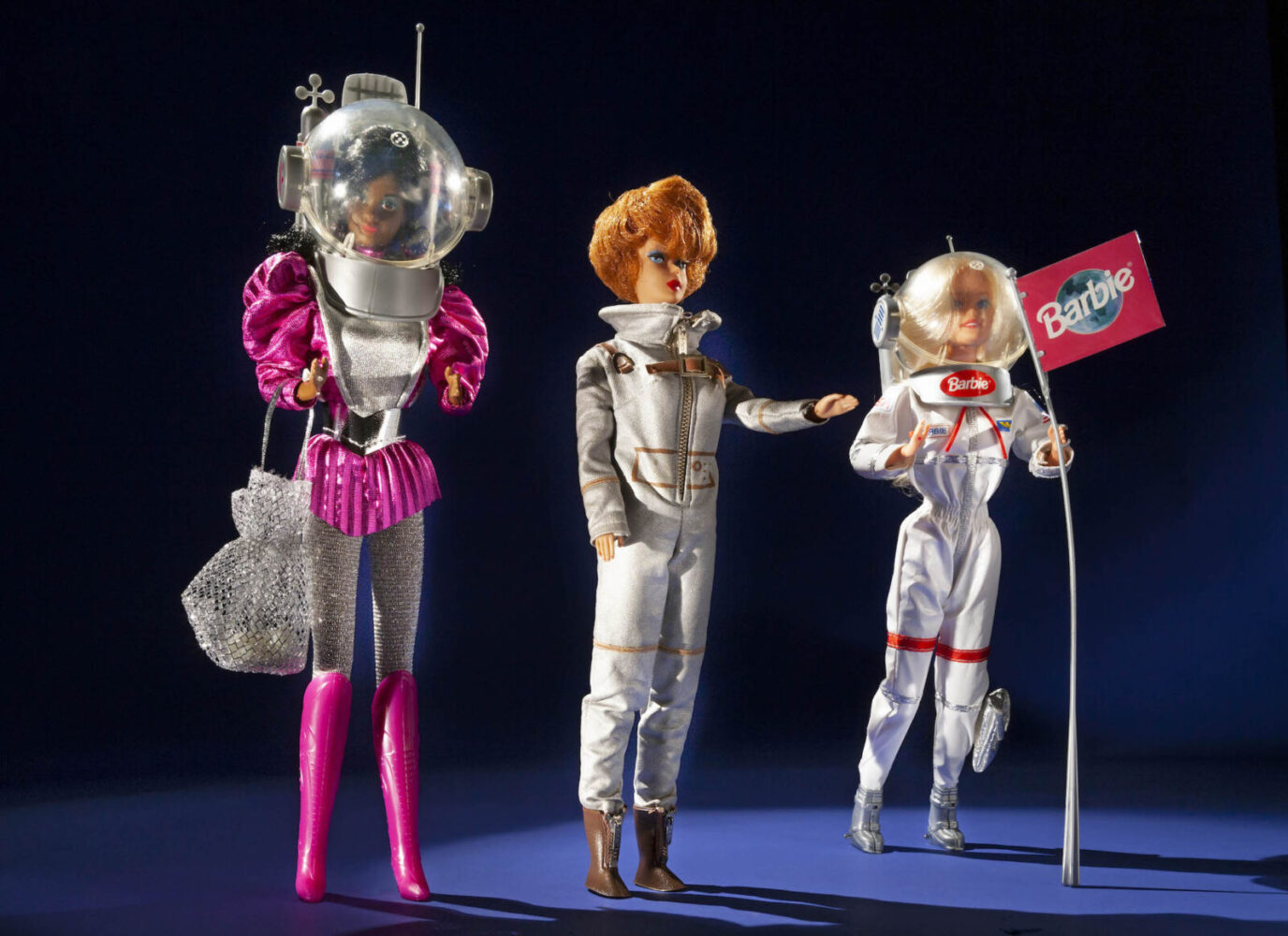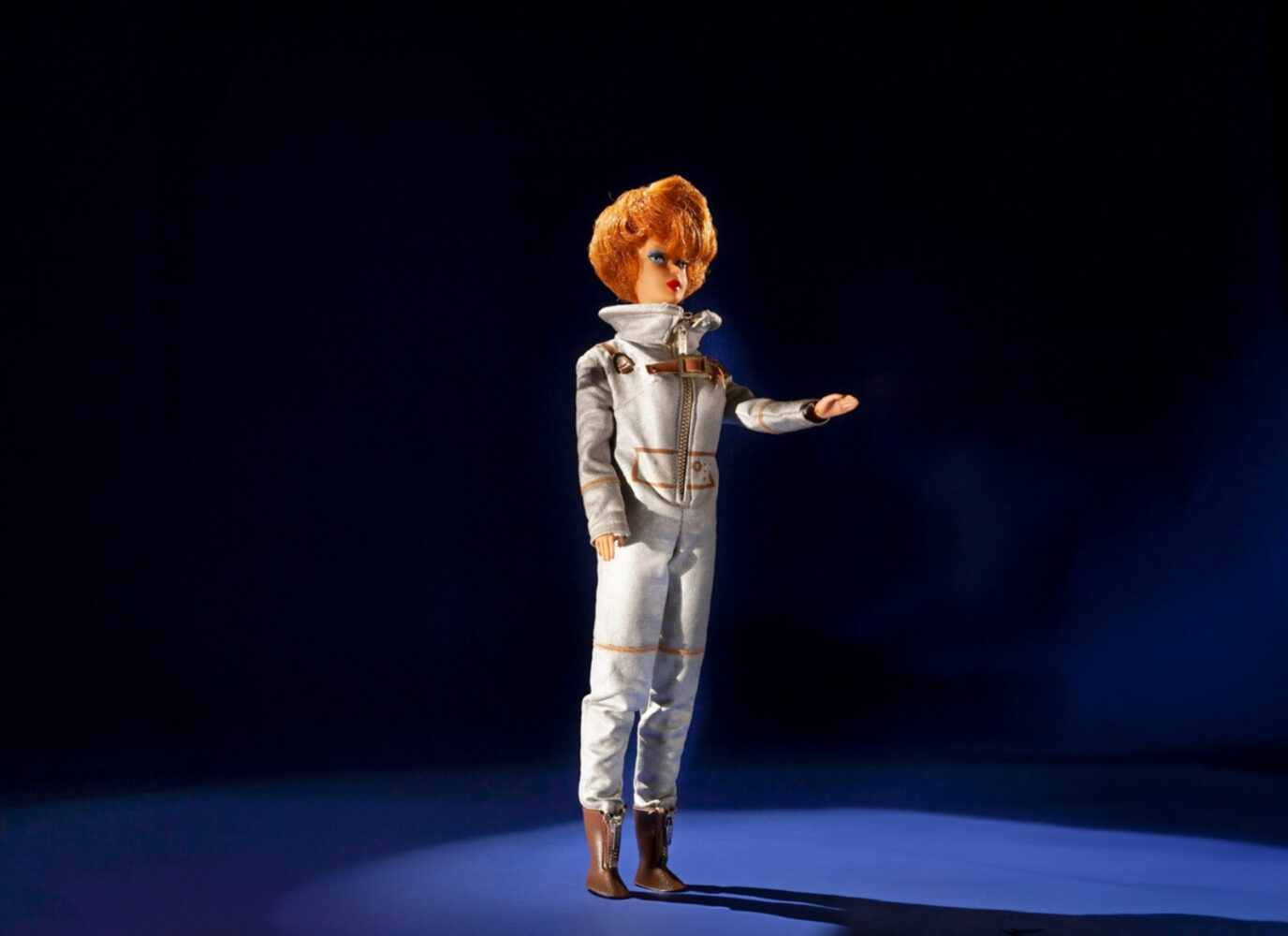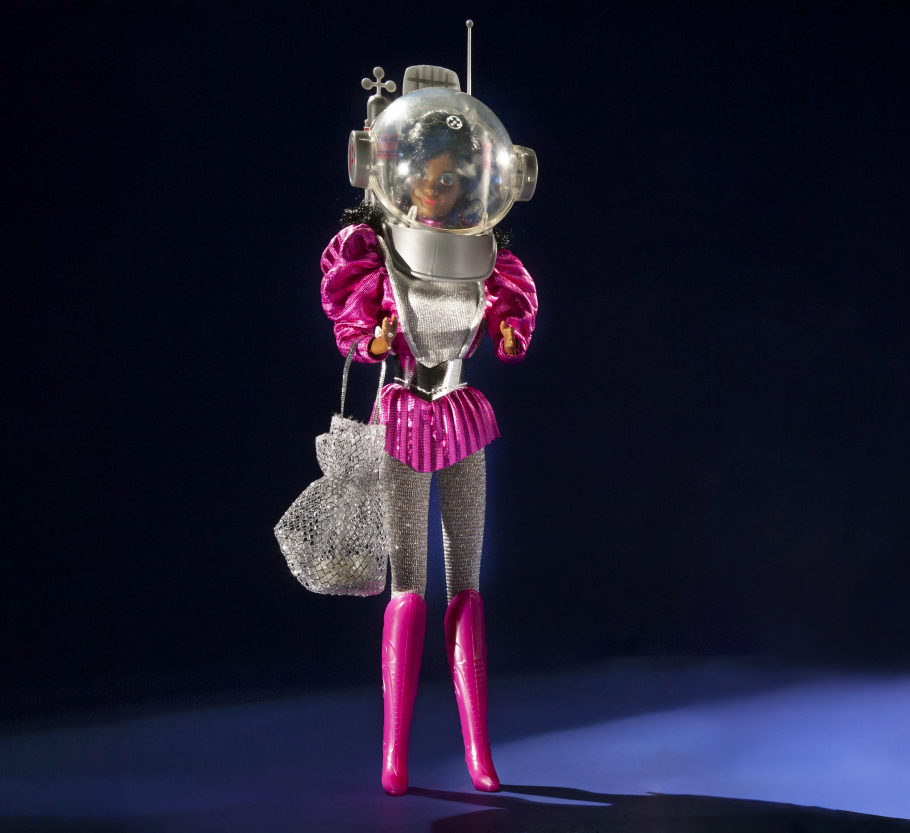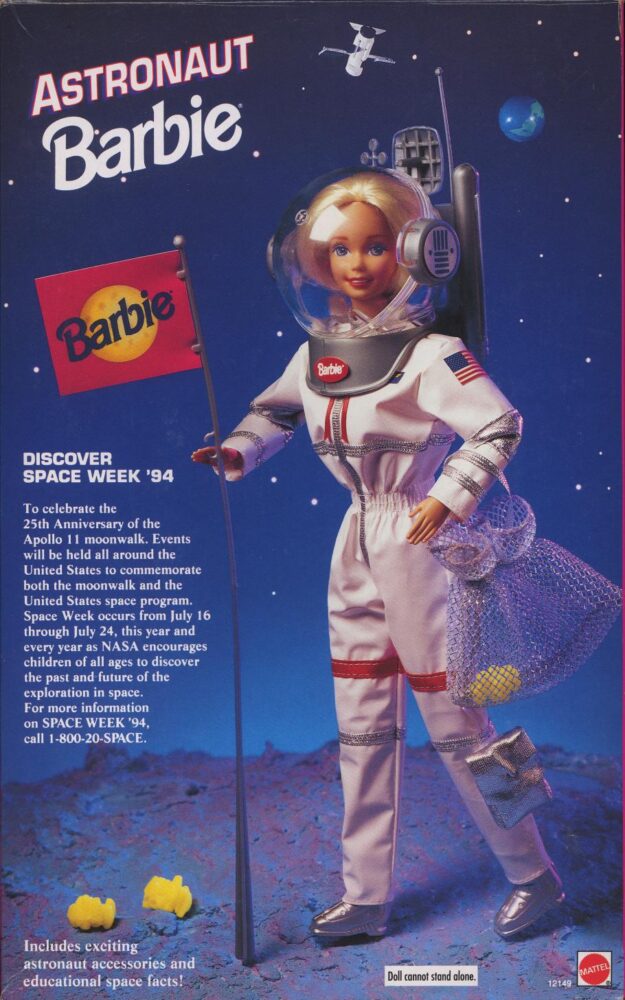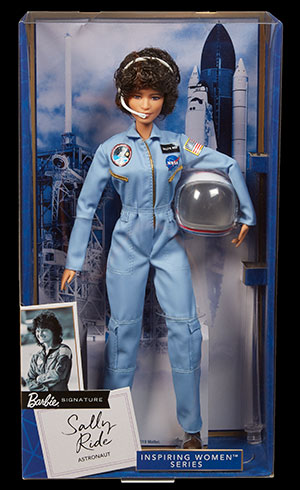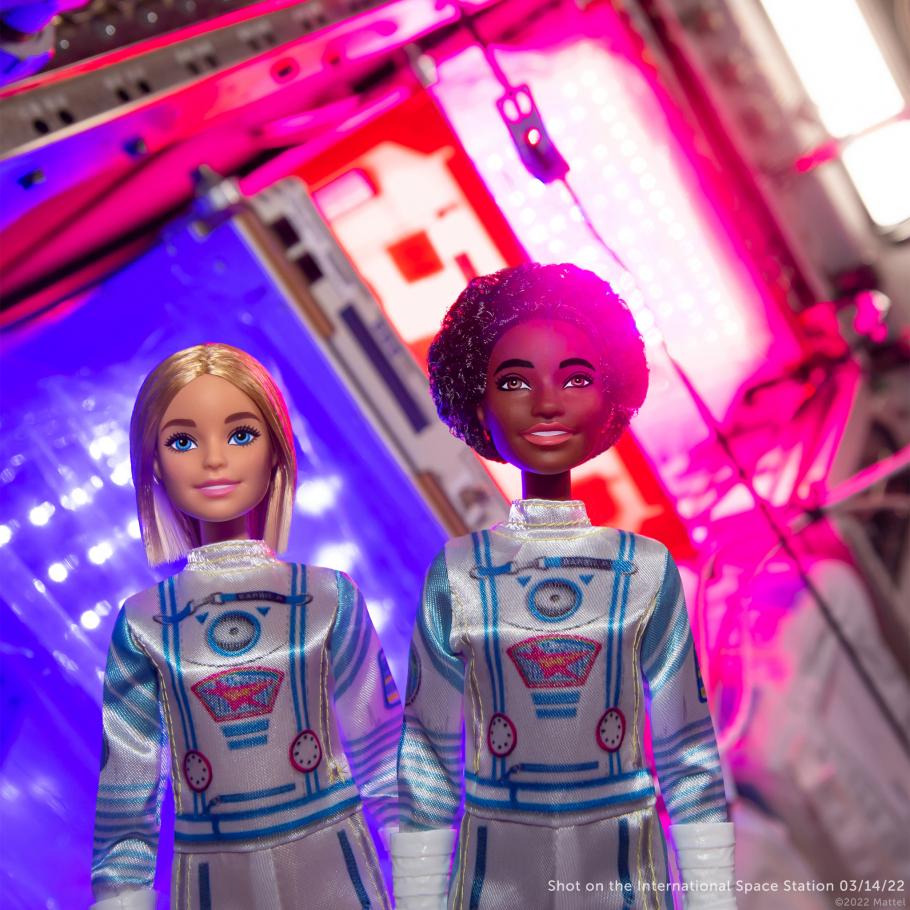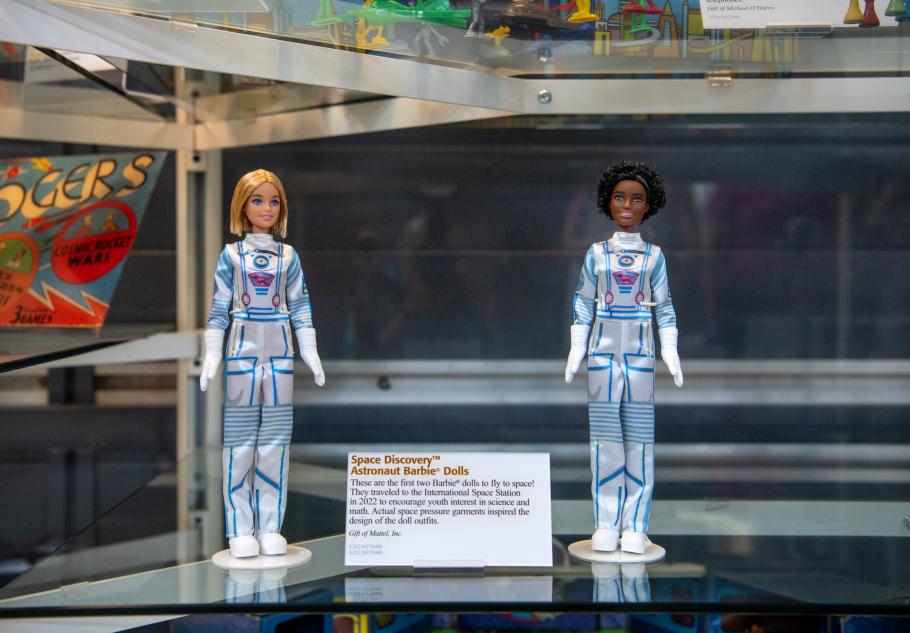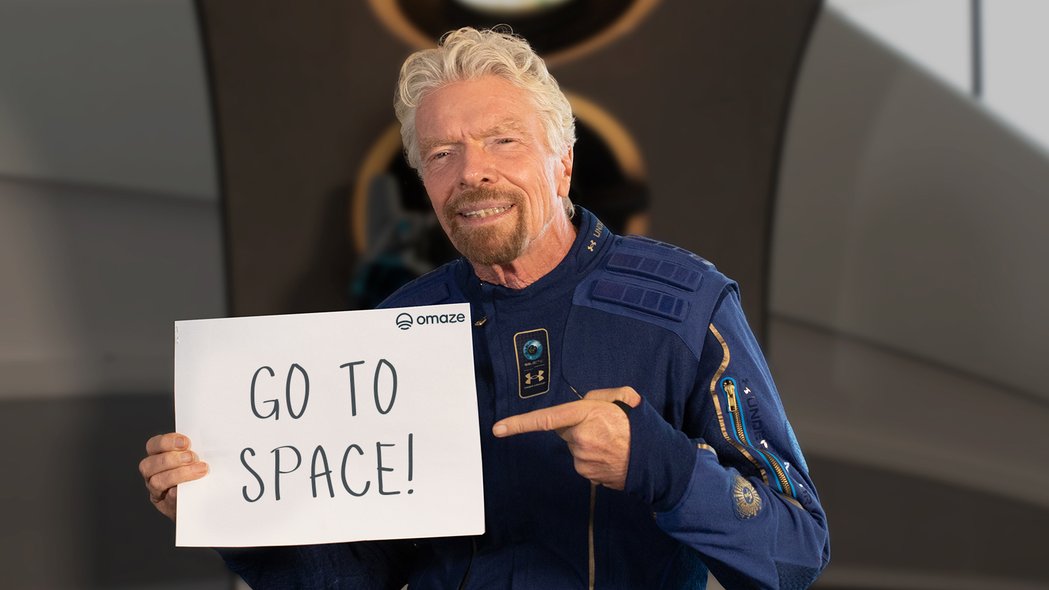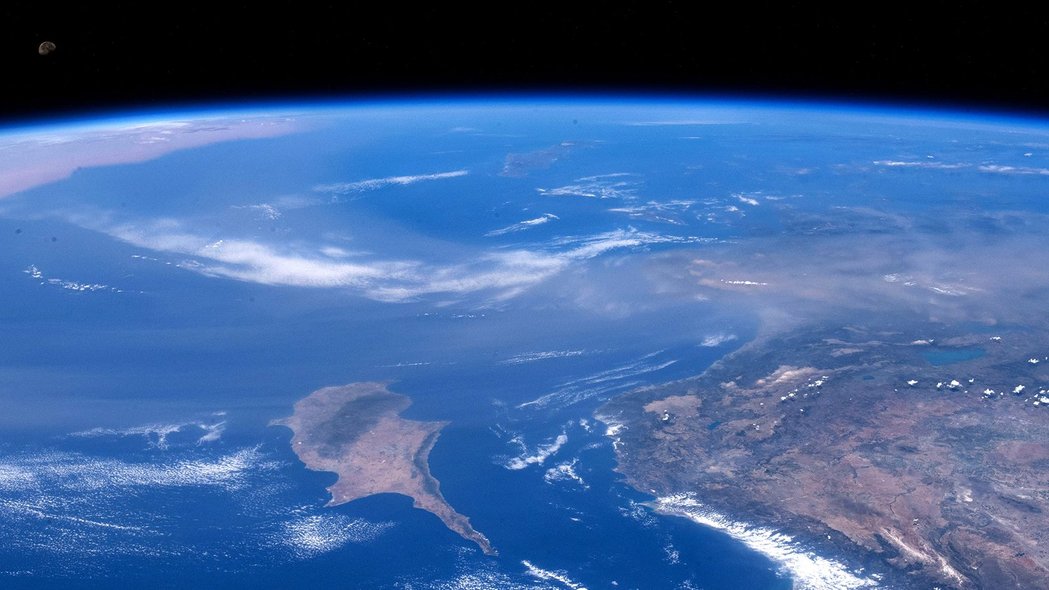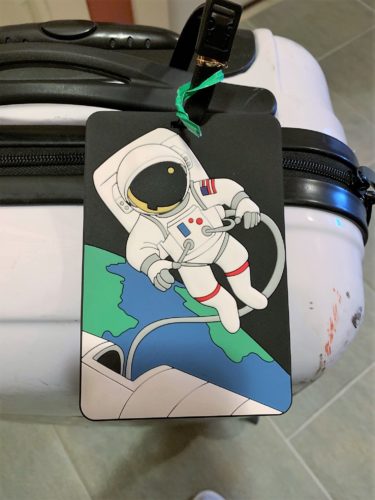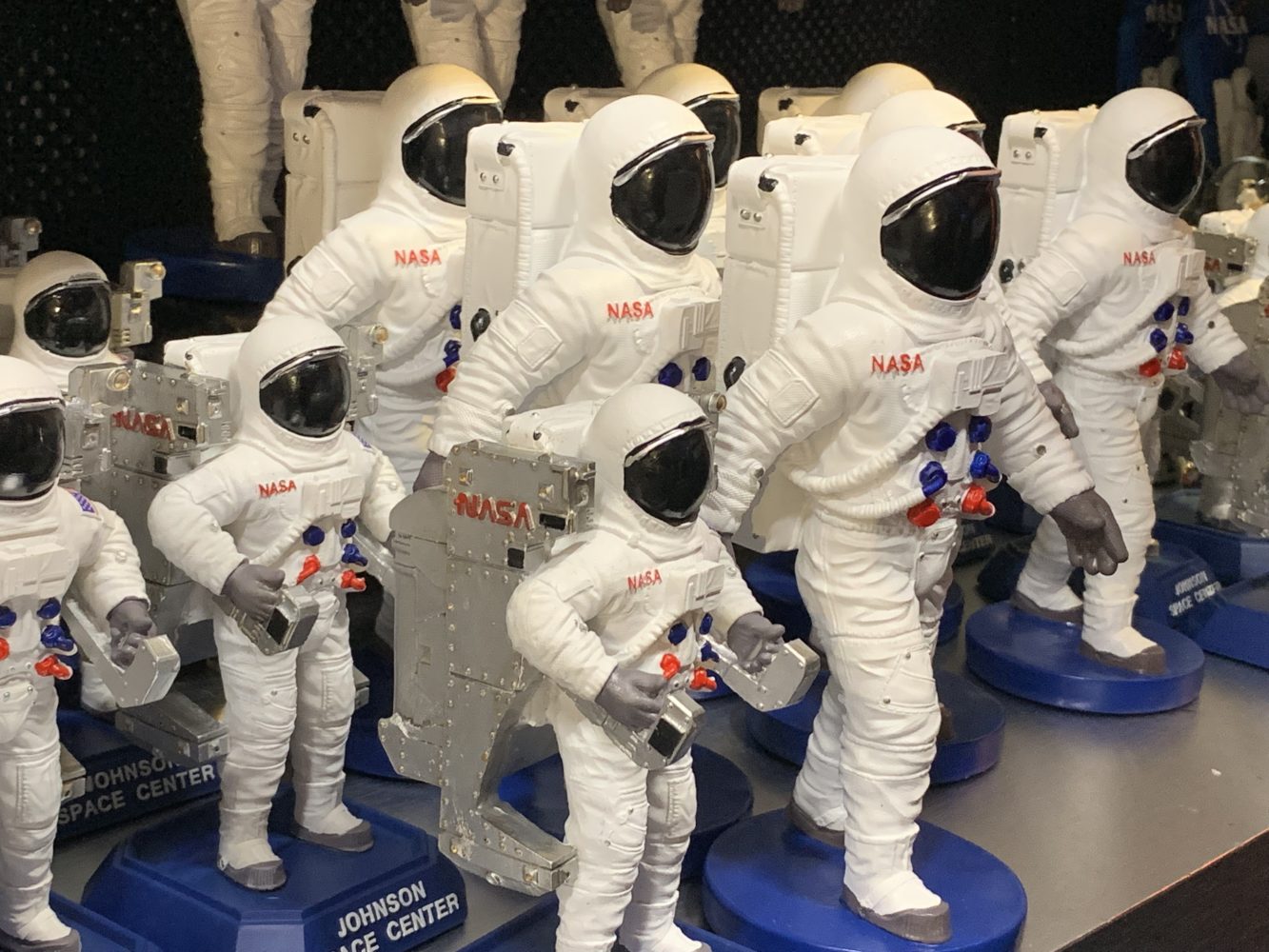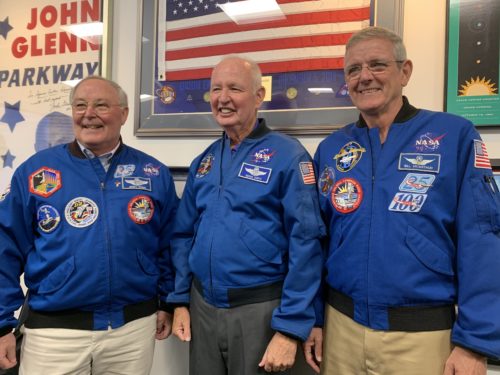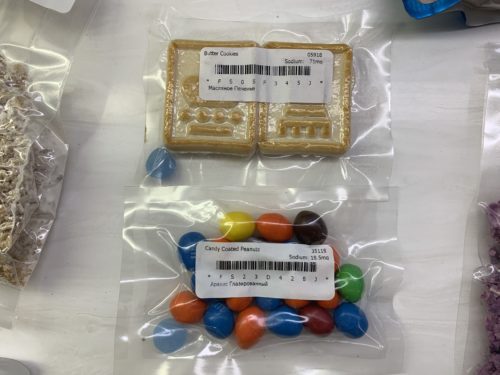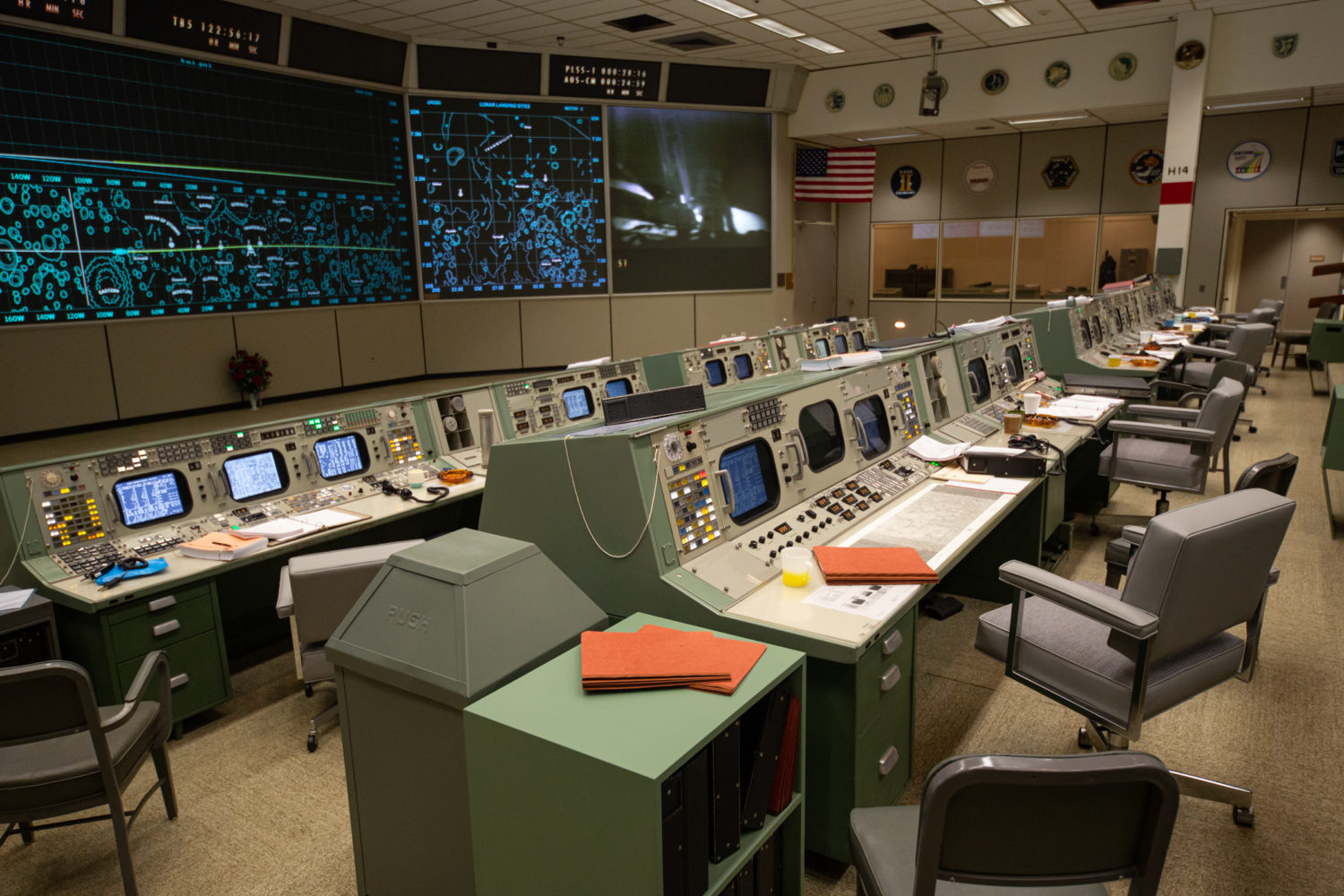
San Jose Airport is Ready for Taylor Swift Fans
Thousands of Taylor Swift fans, known as “Swifties,” will be flying into San Jose Mineta International Airport (SJC) this week on their way to Levi’s Stadium, where Swift will be performing on July 28 and 29 as part of her Eras Tour.
The airport is ready with friendship bracelets for trading and SJC goodies for sharing on Thursday, 7/27, in the Terminal B bag claim around 4 pm, while supplies last.
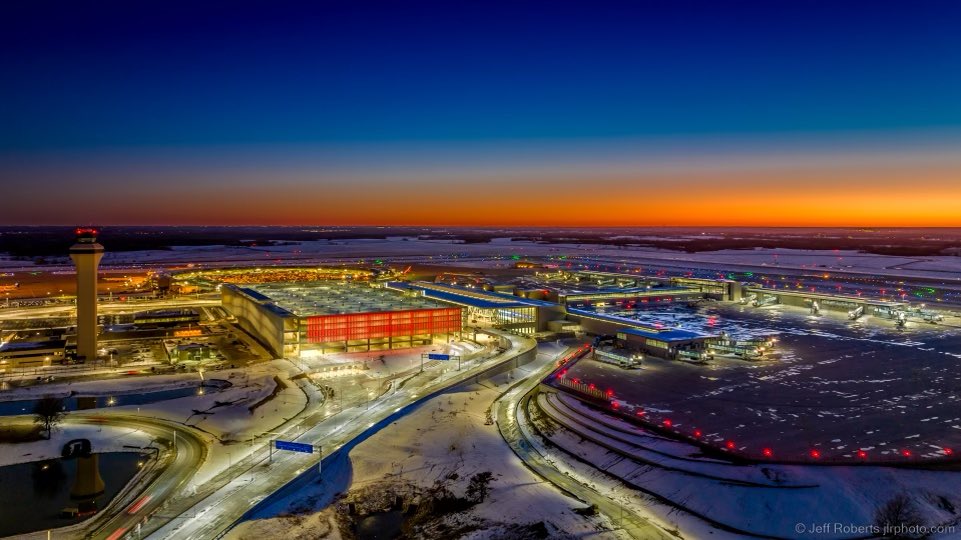
Summer Lit Fest at Kansas City International Airport
Here’s a great idea that would be great to see at every airport:
Kansas City International Airport (MCI) is hosting a Summer Lit Fest with a pop-up event that will feature readings and book signings by Kansas City authors.
The event will take place on Friday, July 28th, from 11 am to 2 pm, at the post-security Turn the Page KC store.
Here are the authors participating:
- Former Kansas City Mayor Sly James will discuss and sign “Mayor Sly and the Magic Bow Tie” written by Aja James and Audrey Masoner;
- Jim “Stinky Feet” Cosgrove, author of “Bop Bop Dinosaur” and “Sullen Sally”;
- Chris Meggs, author of “Twas the Night Before Tipoff” and “Go Chiefs Go”;
- Julie Snodgrass, author of “The Search for your Best Furever Friend” and “Puppies on Parade”;
- Christle Reed – “I Can be me in KC;” and
- Crystal Everett – “Mommy and Mari Move It.”
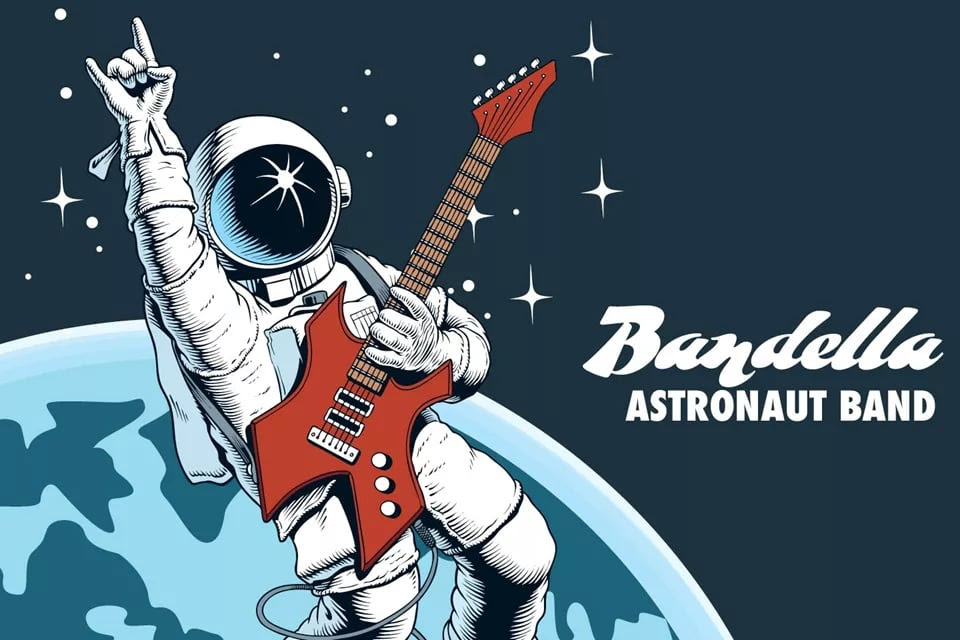
Astronaut band to perform at Seattle’s Museum of Flight
Bandella, a band made up of five former astronauts and guest artists, lands for two shows at Seattle’s Museum of Flight on July 29.
Bandella includes Canadian astronaut Chris Hadfield, who performed a solo performance video of David Bowie’s Space Oddity while floating in the space station. The four other astronaut artists include Cady Coleman, Dan Burbank, Ken Cockrell, and Steve Robinson, with Micki Pettit as the lead singer.
The concert will blend music with stories from space, plus a Q&A with the audience.
